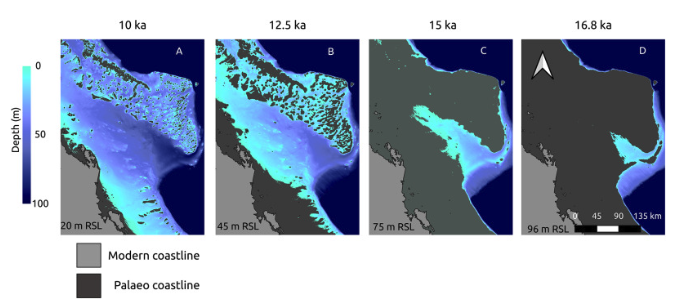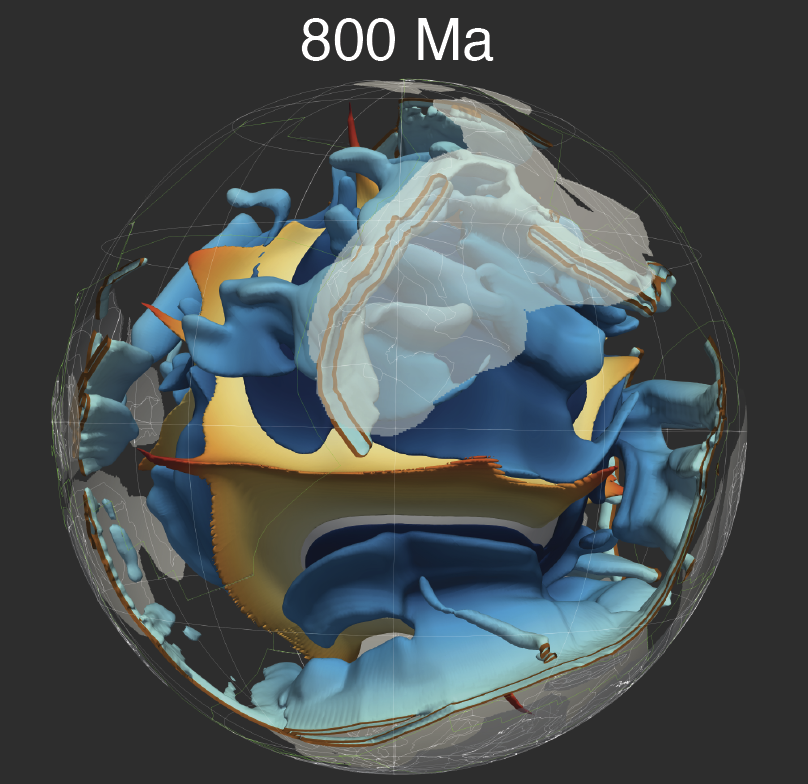EarthByte Seminar Series presents the first talk of this year by Dr. Samuel C Boone from the University of Melbourne, titled “THERMOCHRONOLOGICAL INSIGHTS INTO CONTINENTAL BREAKUP PROCESSES.” The seminar will be held in the Madsen Building Room 449 (Conference Room) from 11 am (AEDT) Wednesday, 18th January. You are also welcome to join us live via Zoom (link: https://uni-sydney.zoom.us/j/86426471159). For more information on the seminar, see below:
Geology: The role of surface processes in basin inversion and breakup unconformity
In the context of continental extension, transient compressional episodes (stress inversion) and phases of uplift (depth inversion) are commonly recorded with no corresponding change in plate motion. Changes in gravitational potential energy during the rifting process have been invoked as a possible source of compressional stresses, but their magnitude, timing, and relationship with depth inversions … Read more…




























